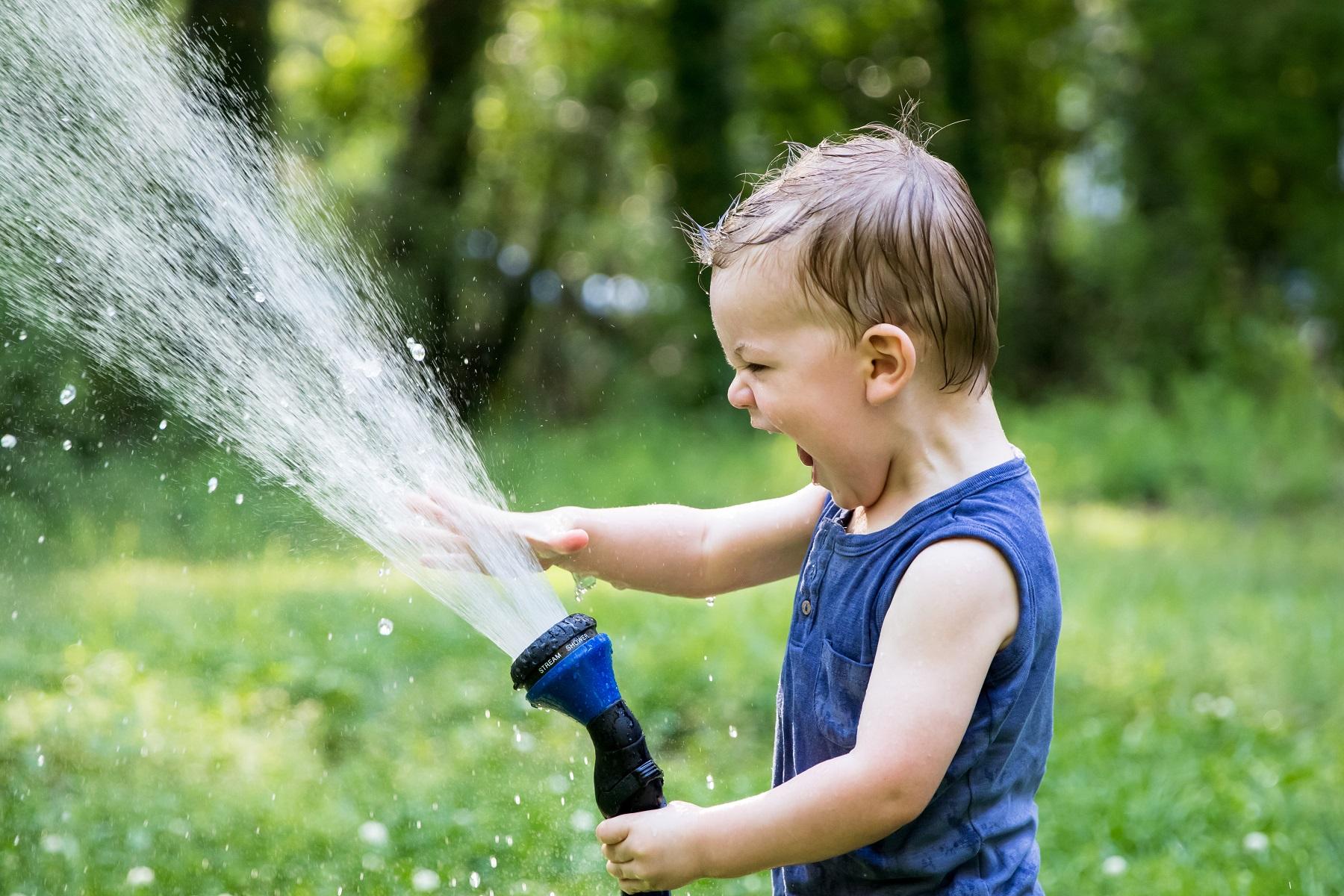- Home
- »Articles
- »Messy play
- »Is Messy Play Safe for my Child?



Is Messy Play Safe for my Child?
24 June 2023
Children can be introduced to messy play from the age of six months but close supervision is necessary until about the age of three years. At six months babies explore by putting things in their mouth so you need to be careful that there is nothing toxic and be aware of choking hazards. The benefits in physical and cognitive development far outway the risks. In fact, by letting your child explore sensory activities they will learn more and more quickly how to keep themselves safe.
Playing with foods is a great way for babies to explore texture, colour and taste. Whipped cream, jelly or dry cereal all have such a different feel. Let them spread it around, fill shapes with cereal, pour it from a container. Children gain confidence in trying new foods when there is no pressure for them to eat.
Water Dangers
Play at bath time is great fun but you need to be mindful of the risk of drowning. Babies can move with support in water developing muscles and gross motor skills. They gain confidence physically. Just keep an eye or a hand on them so they don’t slip under. If you are there to whisk them out they will learn what water does and also gain trust in you. Empty paddling pools or buckets when not in use. Show children that wet surfaces are slippery. They can be fun to slide on!
Supervise them Outside
Playing outside with earth, sand or leaves teaches children about the natural world. Ingesting dirt is thought by some researchers to actually strengthen a child’s immunity and build resilience to disease. Some research has revealed that there are beneficial microorganisms in soil and exposure to these helps create a healthy gut.
Toddlers will begin to experiment with objects so you do need to supervise if they begin to poke with sticks or drop stones. The ability to lift, push, pull or balance objects all has to be learned. Children need to do it to discover the properties of different objects and they will make mistakes. Whilst you want to encourage rather than inhibit them it’s wise to be on hand when they try new things. Make sure they respect one another.
Teach them about Safety
Sandpits are a wonderful site for messy play. You do need to be careful that sand does not go into the eyes especially if there is more than one child in the sandpit. Teach children to keep the sand in the sandpit. Show them how to build tunnels or moats. They learn not to put sand in their eyes after it has happened once. Flush with water if necessary.
The physical benefits of messy play also help them be safer in life. They will develop hand-eye coordination and both fine and gross motor skills. This means they are able to function better and with more confidence as they encounter new things. They will have discovered all sorts of properties about different materials, about movement and how things go together.
Join in the fun and revel in messy play with your little one. The more they know about materials they will encounter in life the safer they will be. They will gain more from it if you take part and you will develop a very special bond with them from it.
Photo by Phil Goodwin on Unsplash
